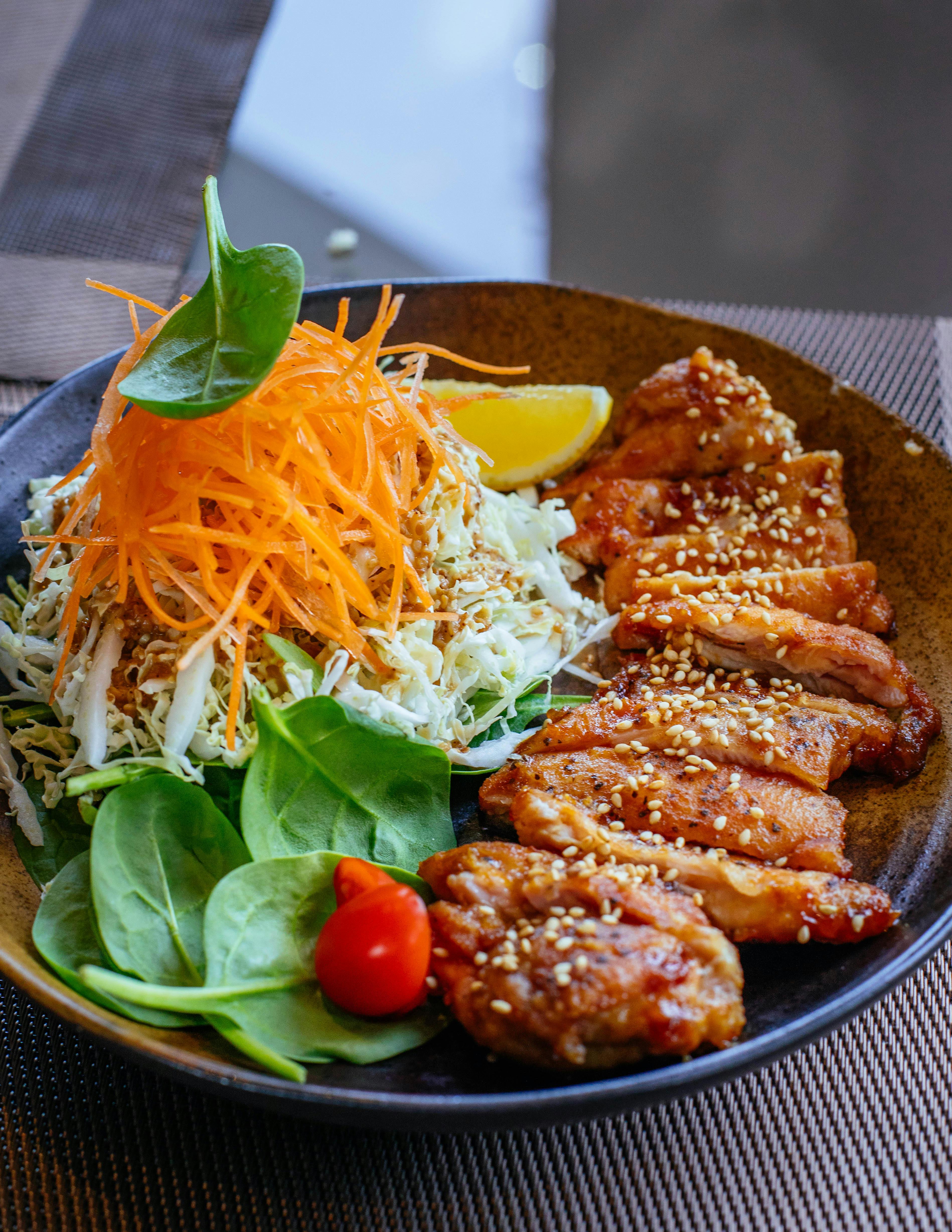Apply Now
Essential Guide to Smoking a Turkey on a Pellet Grill in 2025
Smoking a turkey on a pellet grill is a culinary endeavor that brings out the rich flavors and tender textures beloved by many. As we dive deep into the art of smoking a turkey, we will explore essential tips, techniques, and recipes that ensure your turkey is moist and bursting with flavor. Whether you're a seasoned griller or a beginner, this guide will provide you with everything you need to create an unforgettable smoked turkey experience, perfect for holiday gatherings or casual family meals.
Pellet grills have gained popularity for their ability to maintain consistent temperatures and provide ease of use, making them ideal for smoking turkey. In this guide, we'll cover the best practices for smoking a turkey, including brining techniques, choosing the right wood for smoking, and tips for maintaining the perfect cooking temperature.
By the end of this article, you will be equipped with knowledge that not only enhances the flavor and texture of your smoked turkey but also makes the process enjoyable and stress-free. Get ready to impress your family and friends with your grilled masterpiece!
Choosing the Right Turkey for Smoking
When it comes to choosing a turkey for smoking, factors like size and quality play a critical role. For those new to smoking, it may be wise to select a smaller turkey weighing between 12-14 pounds. Smaller turkeys not only cook faster but also absorb smoke flavor more effectively.
Beyond size, pay attention to the quality of the turkey. Opt for a fresh, preferably free-range turkey, as these tend to offer better flavor and texture than frozen options. Additionally, organic or heritage breeds are known for their superior taste, making them great choices for smoking.
Another key element is whether to go for a whole turkey or turkey parts. Smoking a whole turkey allows for a dramatic presentation and is perfect as a centerpiece for celebrations. However, if you're looking for quicker results, consider smoking turkey breasts or thighs, as they generally require less cooking time and are easier to manage.
This naturally leads us to explore the crucial aspect of preparation.
Preparing Turkey for Smoking
Properly preparing your turkey is essential for achieving that succulent smoked flavor. The first step often involves brining or injecting the turkey, which enhances moisture retention during smoking. A simple brine solution consists of water, salt, and sugar, but feel free to get creative by adding herbs, citrus, or spices to infuse additional flavors.
If you choose to inject flavor into your turkey, consider using injections made from broth or butter mixed with spices. This method ensures deep flavor penetration and enhances juiciness, combating the common challenge of dried-out smoked turkey.
Don’t forget to dry the turkey skin before applying the rub, as a dry surface allows for optimal seasoning adhesion. Speaking of seasoning, let's discuss effective rubs.
Turkey Rub for Smoking
Creating the perfect turkey rub is fundamental for flavor enhancement. Start with a base of salt and pepper, then get creative with herbs and spices. Common ingredients include garlic powder, onion powder, paprika, and thyme, providing a delightful flavor profile that pairs well with smoked turkey.
For those looking for a sweet and spicy kick, consider incorporating brown sugar for caramelization and cayenne or chili powder for heat. Experimenting with different rubs and flavor profiles allows you to customize your turkey to suit your palate.
Once your turkey is seasoned to perfection, it’s time to ensure the right setup on your pellet grill.
Cooking Turkey on a Pellet Grill
Cooking a turkey on a pellet grill can be a seamless process if you're equipped with the right knowledge. Start by preheating your grill, aiming for a temperature of 225°F to 250°F, which provides the ideal smoking conditions. Using a meat thermometer is essential for monitoring internal temperatures.
As a rule of thumb, you should plan for approximately 30 to 40 minutes of cooking time per pound of turkey when smoking at this temperature. However, larger turkeys will require more attention and possibly some adjustments to maintain an even cooking temperature.
This brings us to an essential aspect—maintaining temperature and smoke throughout the cooking process.
Maintaining Temperature on the Pellet Grill
To achieve a perfectly smoked turkey, it's crucial to maintain consistent temperatures. Pellet grills are designed to provide this stability, but external factors like weather can impact performance. It's advisable to check your grill’s temperature every hour, and if necessary, adjust the pellets to keep the smoke flowing.
Utilizing a water pan can help regulate moisture levels, reducing the risk of drying out your turkey. Furthermore, some grillers recommend spritzing the turkey with apple juice or a mixture of broth and vinegar every hour to enhance moisture retention and improve flavor.
These techniques lead seamlessly into our next discussion on smoking woods.
Best Wood for Smoking Turkey
The choice of wood significantly impacts the flavor of your smoked turkey. For optimal results, hickory and apple wood are popular choices among grillers. Hickory delivers a strong, smoky flavor that stands up well to rich meats, while apple wood offers a slightly sweeter, milder smoke, which complements turkey beautifully.
Alternatively, consider experimenting with fruit woods like cherry or peach for a unique twist. Each wood type brings its own flavor profile, so don’t hesitate to mix wood pellets for a customized smoking experience.
With this knowledge of wood types, we’ll now highlight some essential cooking tips for ensuring a successful smoke.
Turkey Smoking Tips for Success
To help you achieve a perfectly smoked turkey, it’s important to adopt certain strategies and tips. Start with the right brining techniques, as they are instrumental in moisture retention. If you're opting for dry brining, allow the turkey to sit in the refrigerator uncovered for 24 hours before applying any rubs or seasonings.
Timely resting is another crucial step. After removing your turkey from the grill—before carving—allow it to rest for at least 30 minutes. This helps redistribute the juices, ensuring every slice is flavorful and moist.
Let’s transition into troubleshooting some common smoking issues.
Troubleshooting Common Smoking Issues
Even the most experienced grillers may encounter challenges during the smoking process. One common issue is maintaining consistent temperatures, especially during windy or rainy conditions. Utilize windbreaks or grill covers to protect your setup from such elements.
Another concern is drying out the turkey, which can be mitigated by monitoring temperature levels closely and using moisture-enhancing techniques, like basting or spritzing. Also, consider investing in a quality meat thermometer to accurately gauge doneness, which should reach an internal temperature of about 165°F.
Now that we have established various tips and troubleshooting methods, let’s discuss ideal serving practices and side dishes that pair well with smoked turkey.
Serving Smoked Turkey and Pairing Dishes
Once your turkey has reached the desired doneness, proper presentation is key. Carve the turkey into slices and arrange them on a platter for an eye-catching display. Remember to include any drippings or gravies, as they enhance both flavor and visual appeal.
The choice of side dishes can elevate your smoked turkey experience significantly. Think classic pairings like cranberry sauce, mashed potatoes, or green bean casserole. For a twist, consider side salads that introduce a refreshing contrast to the rich flavors of the turkey.
Finally, let’s address how to handle leftovers from your smoked turkey feast effectively.
Storing and Reheating Leftover Smoked Turkey
Leftover smoked turkey can be a delicious addition to various meals. To store your turkey, wrap it tightly in aluminum foil or place it in an airtight container. It’s important to refrigerate the leftovers within two hours of cooking to ensure food safety.
When reheating, consider slicing the turkey to promote even heating. A low oven temperature of 300°F works well, and you can add a splash of broth to prevent the meat from drying out. Keep the meat covered while reheating to retain moisture.
In conclusion, mastering the art of smoking a turkey on a pellet grill is a rewarding experience that opens up a world of flavor possibilities. With the knowledge shared in this guide, you are now prepared to create an exceptional smoked turkey that will impress your guests every time.




